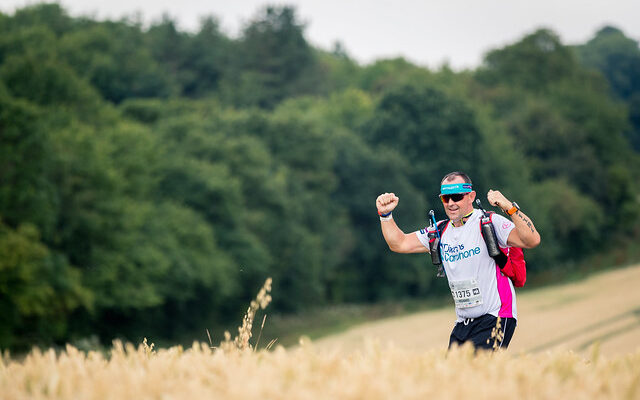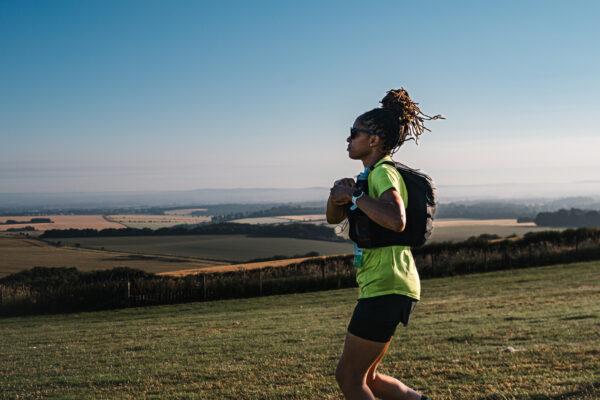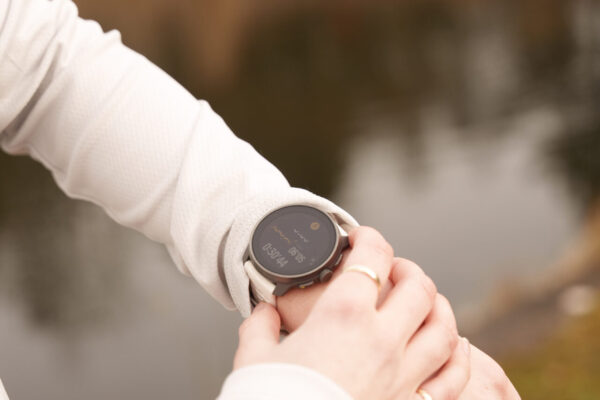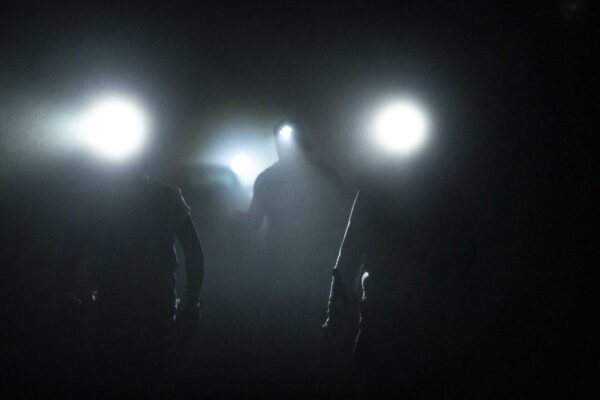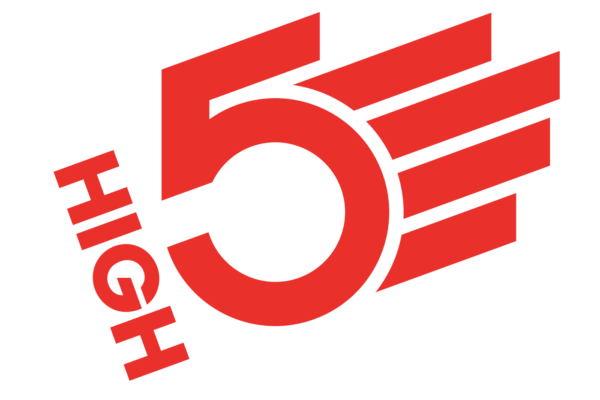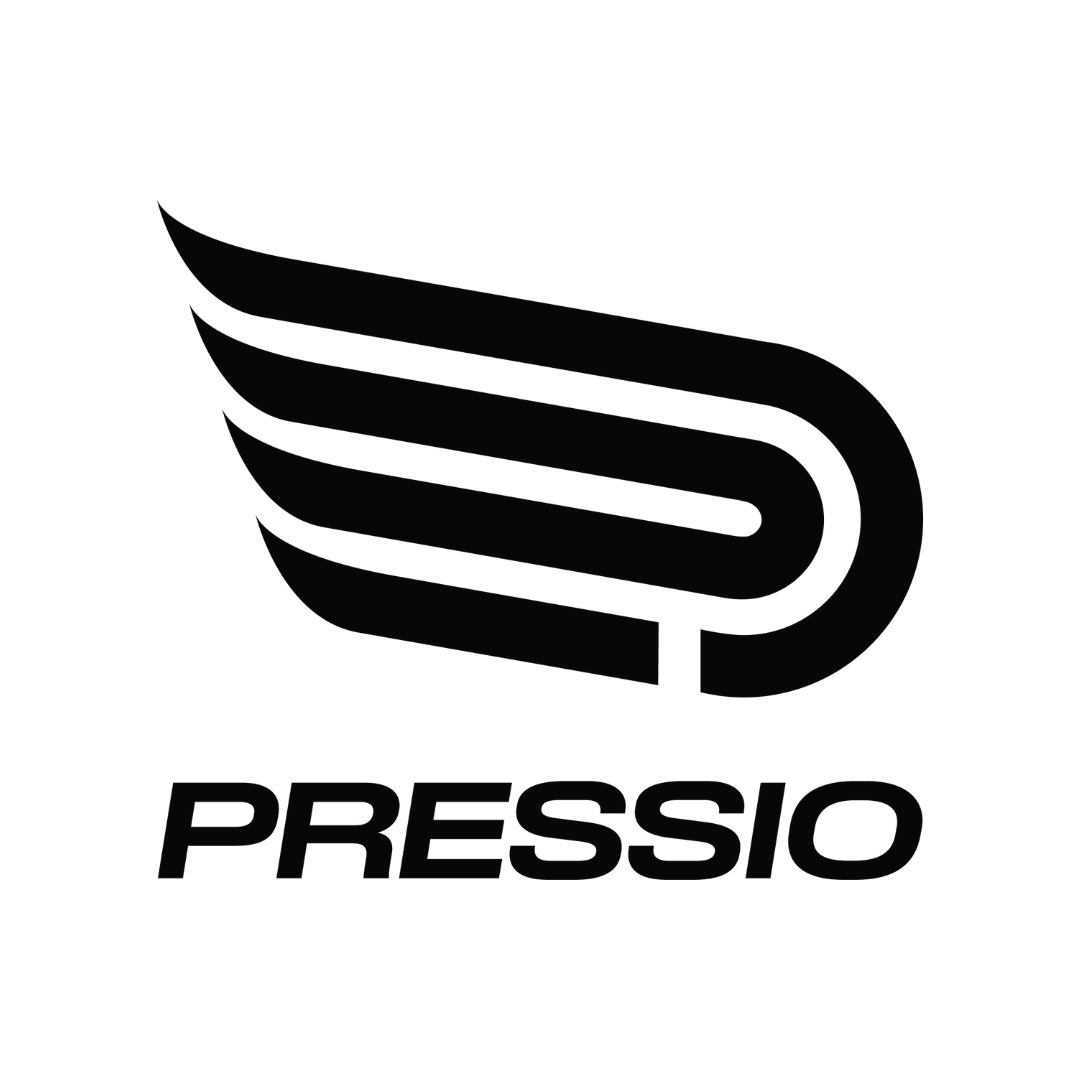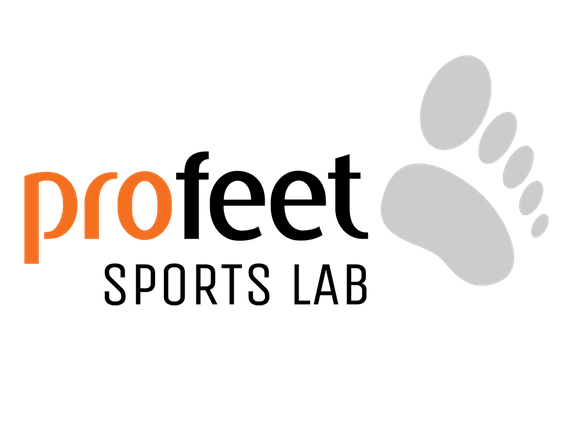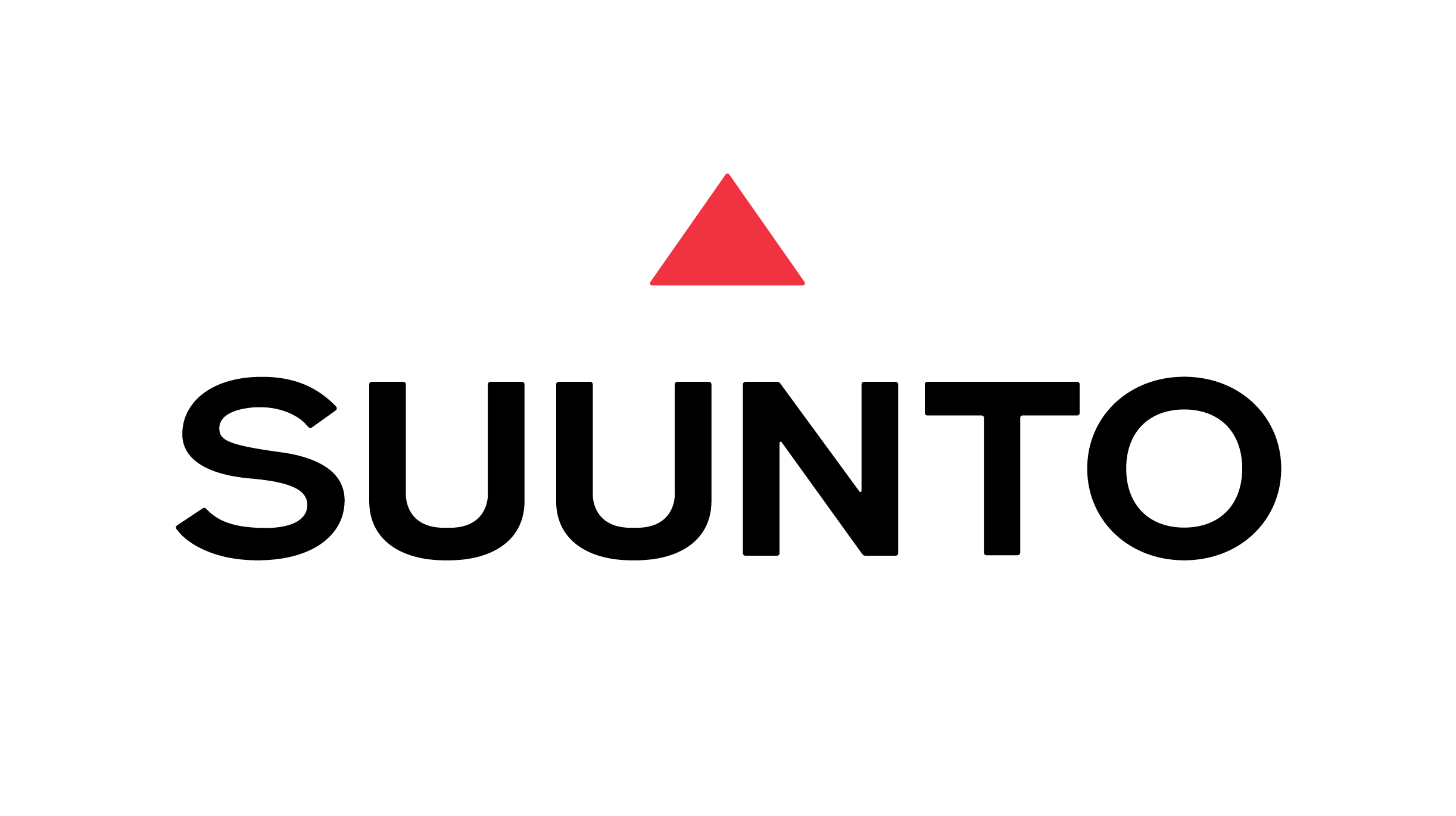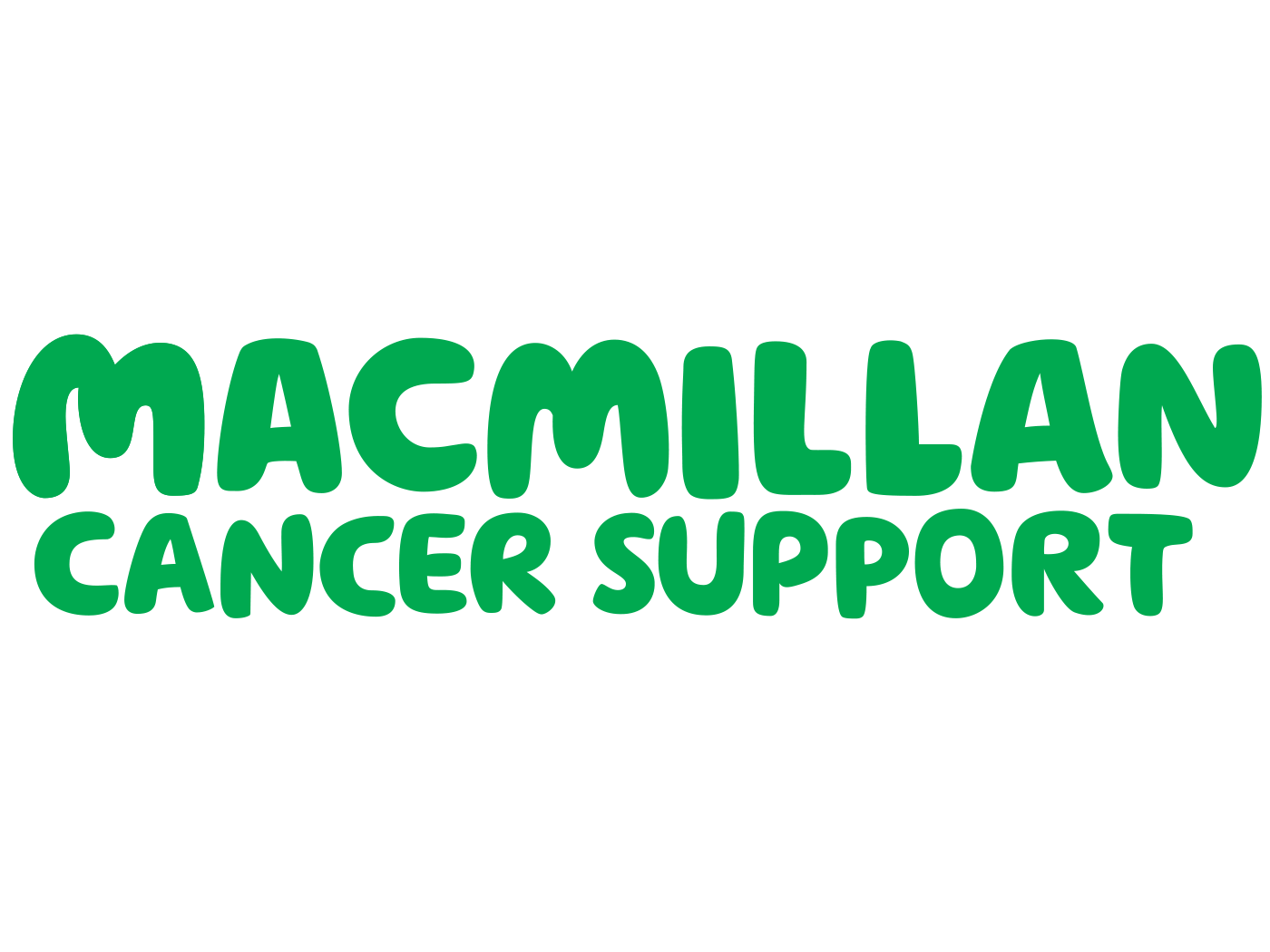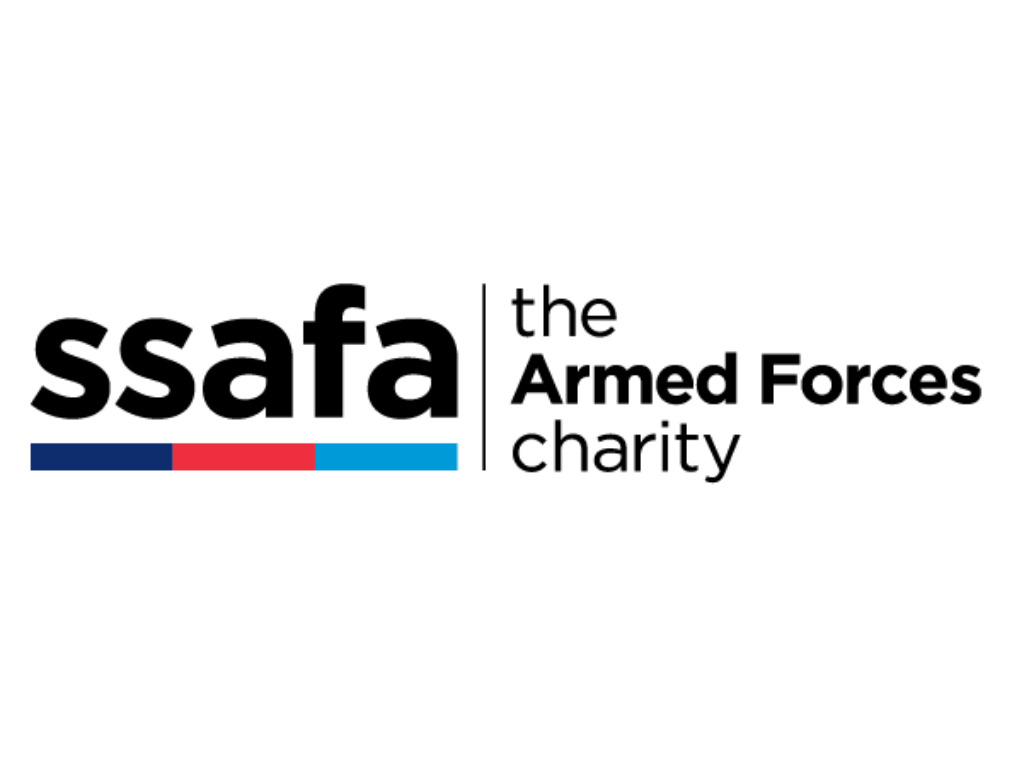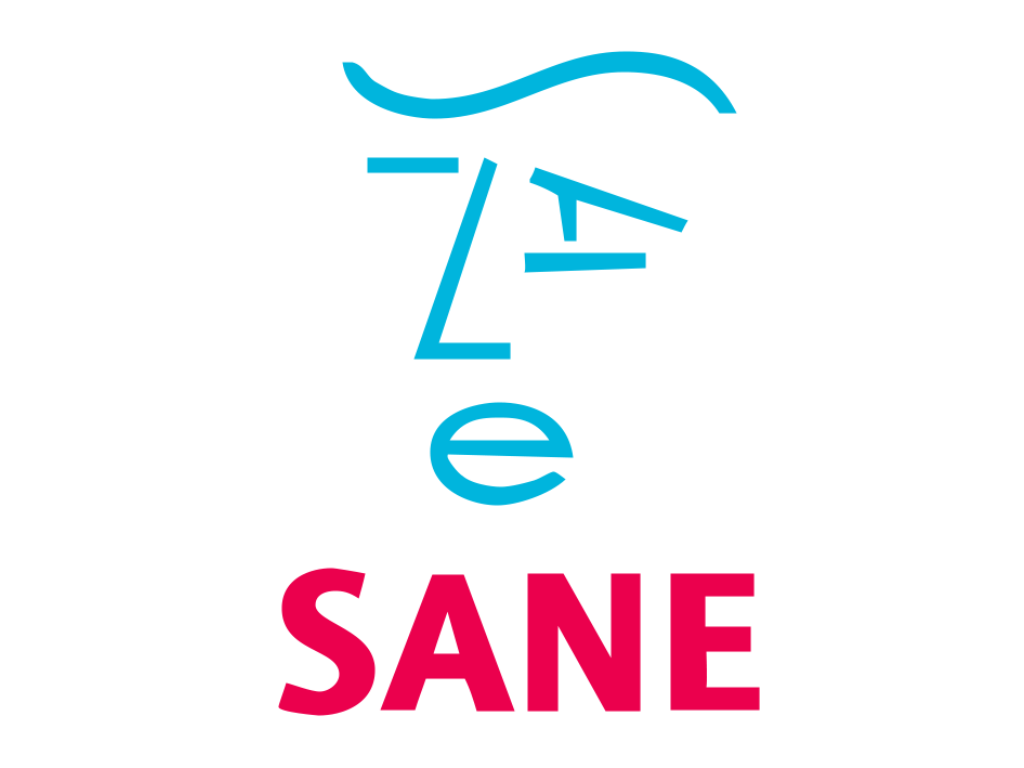Technology makes a big difference in many parts of our lives. New devices arrive all the time to save us time and offer different ways to connect with friends and family.
With running, though, it’s tempting to stick to your tried and tested tech while you are training. If it’s not broke, right? But then, as the big ultra race day approaches we start panic shopping for anything and everything that might help.
I write about tech in newspapers so get to try out all sorts of running gadgets. But even I found myself buying multiple hydration packs last week as a big race loomed. So this is as much advice for me as for anyone.
Spend time and money on new technology early, so then you can perfect and hone its benefits while you train. To that end, I’ve been keeping a list of the running gear that can make the biggest difference on an ultra run, like Race to the Stones.
Scales
A good pair of scales can be a real help in ensuring you are balancing training and nutrition. In my experience running isn’t something to do for weight loss, but tracking your Body Mass Index can help ensure you are on track. As I’ve increased the miles, I’ve needed to work to keep my weight up and a pair of scales that creates an automatic history helps me do this.
This Garmin model isn’t the cheapest but lets you track data for different users in the associated app that hooks into Apple Health. It also offers Muscle Mass, Bone Mass and Body Fat tracking too, which can be useful indicators of fitness.
GPS Watch
Of course, we all know a good running watch can motivate you while out training and help track progress between workout sessions. But there are just so many it can be hard to choose. What’s right for you will depend on your race distance and smartwatch features. For me, I’m all about battery life so the Garmin 925 multisport has been brilliant. It lasts around 24 hours in GPS tracking mode so I don’t have to worry about it running out before I do.
The watch I use day-in-day-out is the Vivoactive 3. It not only offers all the ket smartwatch features I’m after on my runs but also looks like a normal timepiece so I can wear it around the office at work.
It includes the ability to stream music to headphones as well as Apple Pay. Which means I can leave my phone behind when I want to run with less clobber or without a pack. When I’m back it syncs automatically to the Garmin app which then auto uploads to my Strava.
Taking things a step further is the Apple Watch. The series 4 version has much-improved battery life. It also pulls some clever tricks if you have your phone with you too. For instance, it will use the phone GPS to track on the watch and get a battery life of upwards of 12 hours.
Where it really comes into its own is with the ability to make calls without your mobile, as well as stream music and podcasts. I also like the fall detection for peace of mind. If you have a sudden tumble it will automatically pull up an emergency contact number of your wrist. If you don’t move after falling it will call for help and automatically send your location to an emergency contact.
Headphones
Not all events will let you have music while you run — although ultras are more likely to allow this than marathons and the like. But music can be a really helpful part of my training. I find it helps with my motivation to get out the door. Also, I can use the long running time to listen to audiobooks.
A good pair of headphones can make all the difference to this. I’ve been a longtime fan of the Trekz Aftershockz. They are bone-conducting headphones. This means that rather than sitting in your ear, blocking out other noise, they are position just above on your jawline. The sound is transmitted to your ear through the bone. This sounds like it wouldn’t work but actually, it’s really good.
This not only means that you can hear what’s going on around you while you listen to music, but also that you don’t have the problem of sweat making the earbuds fall out or get corroded.
Nutrition
Another piece of kit I’ve become quite wedded to is my blender. I can throw all sorts of foods in there and turn it into something I can get down me before or after a run. I’ve worked hard to train my body into eating while I run and being able to have a smoothie before I headed out the door was a big step in the right direction here.
Don’t fall for the expensive hipster versions, you just need something basic that will do the job. This Kenwood blender is reasonably priced and will be more than adequate for your running needs.
Once you have the blender it’s really worth reading up on the balance of nutrition you need in your diet. For me, it was protein that I was lacking on, so it’s plenty of eggs everyday. Before trying egg smoothies I couldn’t imagine anything worse. But I’ve become a real convert.
Along with food, you need to make sure you are hydrating really well before training and long runs. I used to just try and have more glasses of water now and again but discovered that I was often setting out without being fully hydrated.
These dot hydration bottles, not only back sure you have water on hand when you are out and about, but also track how many times you’ve empties it in the day with the light up readout. Add to this that it avoids using single-use plastic bottles and they are well worth the investment.
Shoes
Shoe technology has advanced just as much as everything else over the years. While there are fads that come and go, these do trickle down really good improvements that offer better efficiency, stability and durability when you need it.
Here, more than anywhere else, you need to find your own path. Trying a wide variety of shoes is essential to settling on the right pair early in training. This may follow recognised advice and be shoes designed specifically for your distance.
Equally though, don’t be afraid of trying other options that work for you. For example, I run all my Ultras in Nike Free Rn shoes that most people consider only good for short distances. While I wouldn’t suggest them to others, for me they work a treat.
Still, common sense is still important. For longer distances, there is no getting away from the need for cushioning. Even I’m being tempted to try alternatives that may protect my feet better. I have a 100 Mile Jurassic Coast race in June and currently, I’m trying the Nike React shoes.
Recovery
How to recover from Ultra events and long training runs is a dark art. Ask any runner what they do and you’ll get a combination of interesting tips and superstition. At the end of the day what works for your body is the way to go.
One piece of tech that I’ve found helpful after long runs is this Foot Massager. It has massage and heat function that is designed to improve blood flow, reduce toxins and relieve aches and pains. I can’t vouch for the science on that, but it feels really good after a long day on the road.
Tracking
The final piece of tech on my list is especially for the Threshold Trail series. Runners on these events can order a special trackerthat they carry. Friends and relatives can then track their progress automatically on the related app.
This is great for them to see how you are getting on, but also helps anyone supporting a runner and wanting to catch them at the pitstops. All you have to do is place your order in good time before the race. Then, on race day you pop it in the top of your pack and whoever you grant permission to can then see your progress via the website interface.
It’s a great piece of tech that gives supporters peace of mind, but also means you don’t have to worry about texting or messaging while you are running to keep people up to date.
Conclusion
Getting the right tech for your run can make all the difference. Getting it early so you can practice with it is essential. Try things out in-store, or borrow from friends. When you’ve made your choice make your purchase and read up on everything it can do to maximise the benefits.
